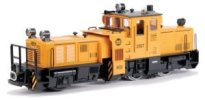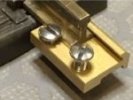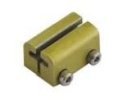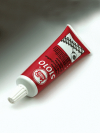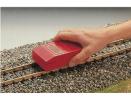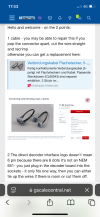The pickups can be the readily visible skates and they can also be 'bullets' which are fitted with springs behind the wheels and press on the wheel back to make contact, these need a little more peering to find.
Especially for outdoor use I think it a wise idea, I wish I had fitted them rather than run after stalled trains to give the loco a helping
kick hand.
View attachment 341584
I had one of these track cleaning locos by LGB, expensive (relatively) but it works beautifully. Piko do a smaller one which you could ask
 Gizzy
Gizzy
about as his boss has one. There are various hand operated devices which work well but are obviously more work.
For the fishplates I used a small wire brush then put in a tiny blob of LGB graphite paste when assembling the track, the paste aids conductivity BUT a lot of the people here fit rail clamps instead of fishplates and from experience I can see why as they not only guarantee an electrical connection but hold the track together too which is a huge help especially if your track is not fixed down. An initially expensive outlay but I can see that the results will be well worth it and again something I wish I had used. Shown below are the Massoth (L) and Piko (R) versions.
View attachment 341585View attachment 341586
If you use these try to fit them so the mounting screws are
behind the visible side of the track to conceal the screw heads.

